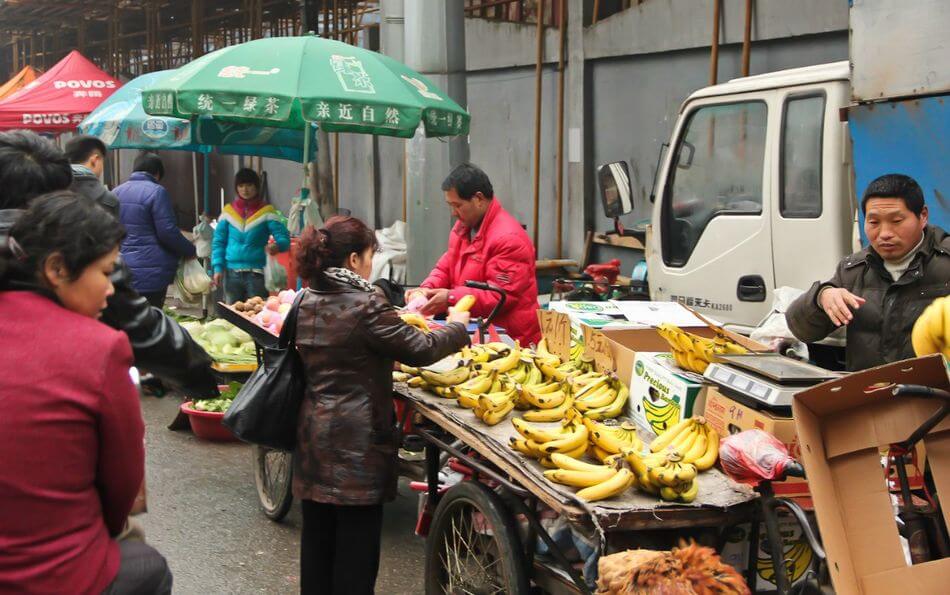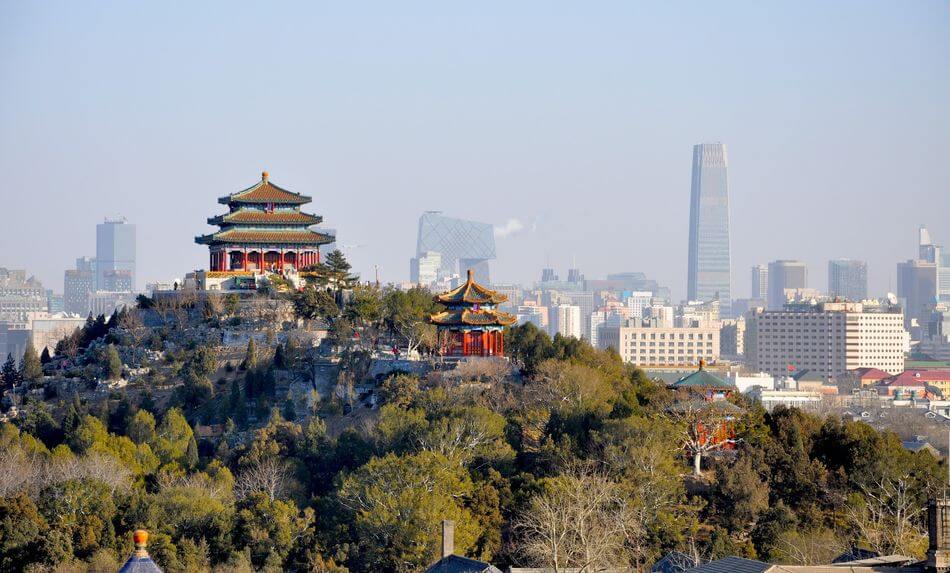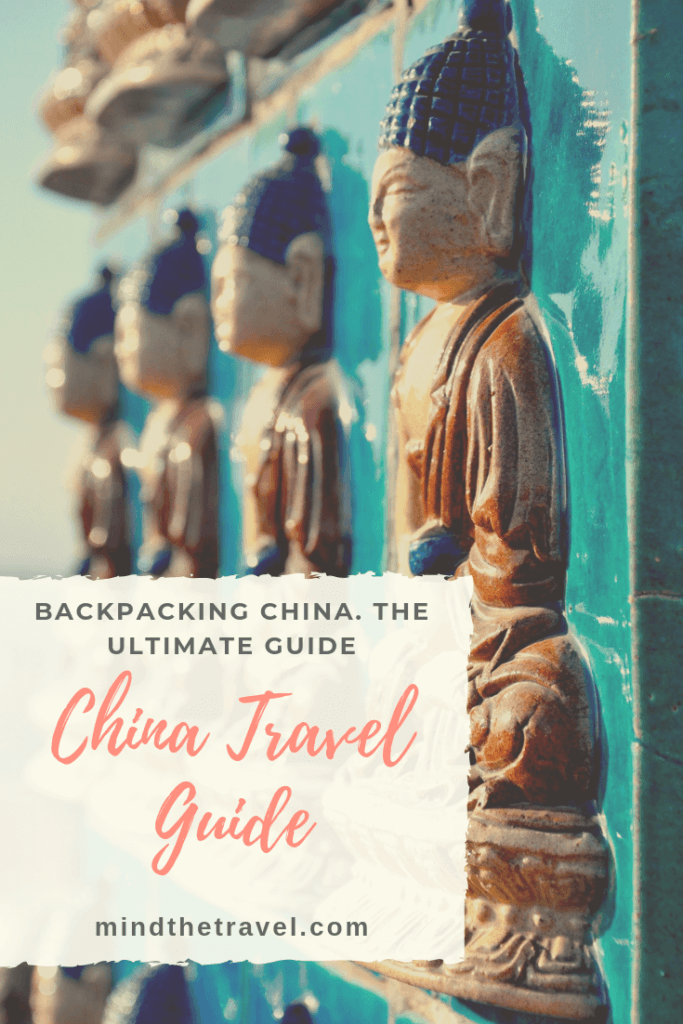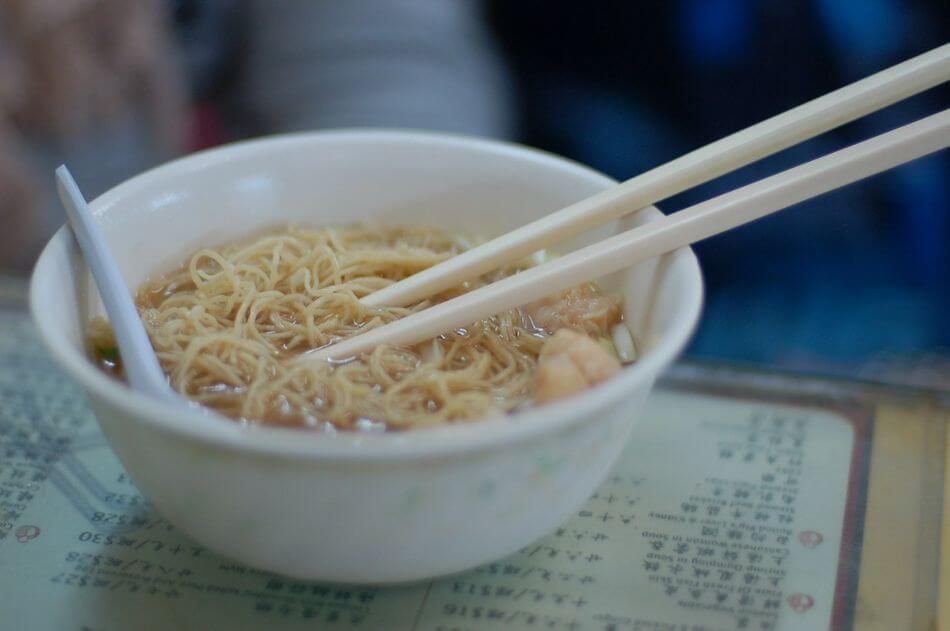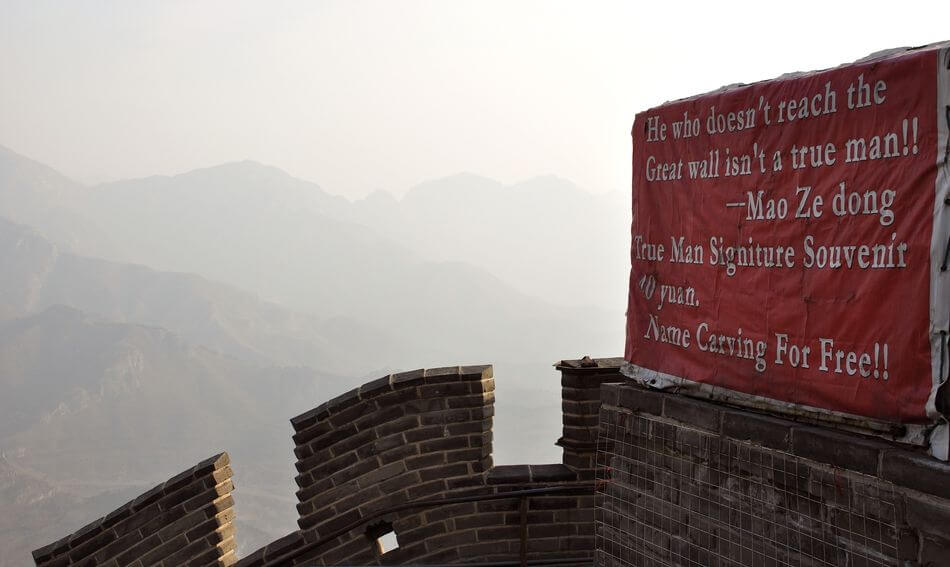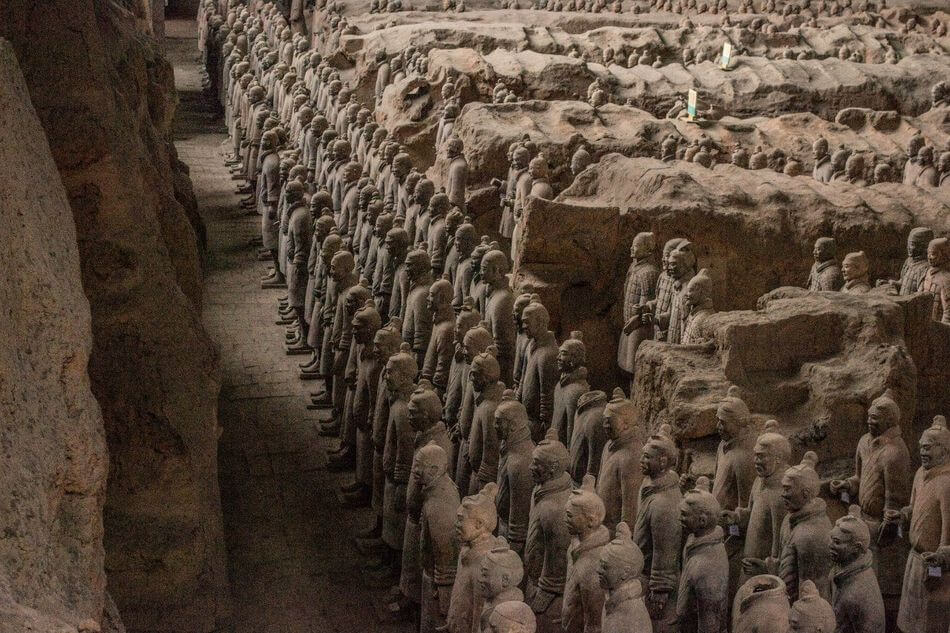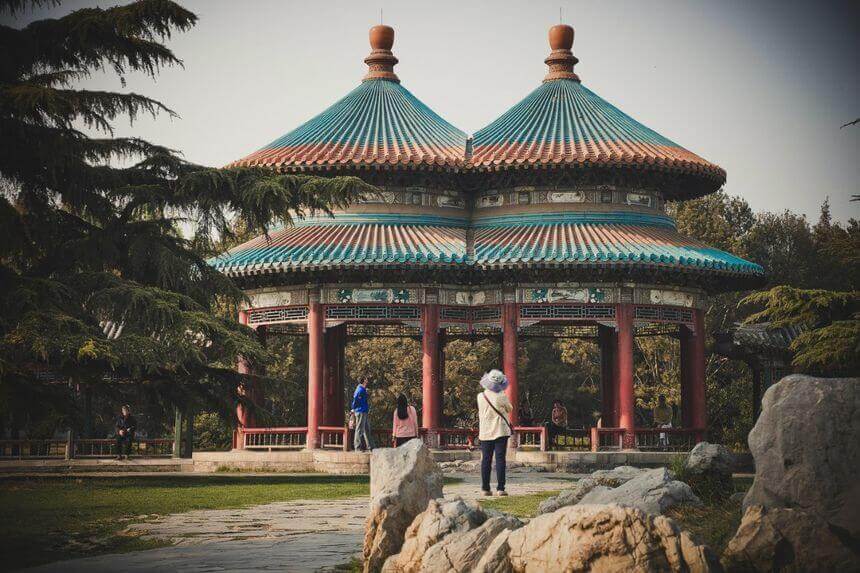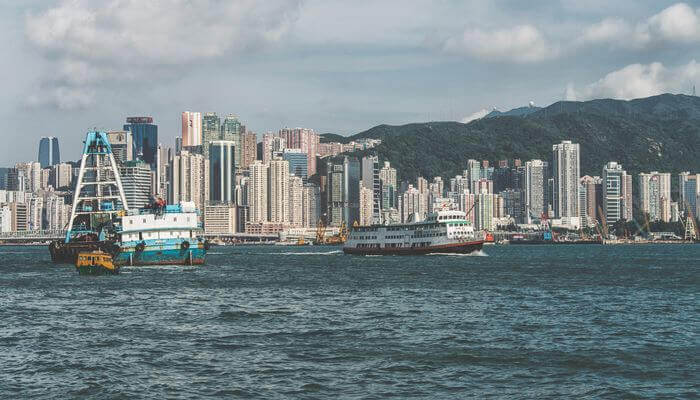Where to Go Backpacking in China
After spending a whopping four months backpacking around China, I reckon I’ve only scratched the surface of this truly amazing, truly vast, country. It’s so big that is really does make sense to plan your itinerary for backpacking China before you rock up and to focus on seeing one part of the country at a time.
There are plenty of incredible places to visit but you need to be sure you choose the right spots at the right time. You don’t want to explore the Great Wall when it’s 104F (40C) outside! To make things a bit easier, I’ve put together China travel guide to my favorite things to do; these can easily be combined into different China travel itineraries or added together to create a truly amazing longer trip.
1. Visit Yuanyang Rice Terraces
You’ve no doubt seen pictures of these terraces on the Internet. However, it is hard to get an idea of how magnificent the view is until you find yourself here. Yuanyang rice terraces are some of the most beautiful in the world. Sowing takes places in February and March, while September is the time to harvest it. The view of rice terraces substantially changes throughout the year – from emerald green in July to golden-yellow in September.
The best time to visit Yunnan terraces is from late November to early April when flooded surface reflects the sun’s rays creating a truly unique and impressive view. There are several direct buses from Kunming South Bus station, the ticket is around 139CNY.
2. Hike the Great Wall
No backpacking trip to China is complete without hiking the Great Wall. Thousands of visitors visit the Great Wall every year, in particular, its Badaling section, and going there was one of the highlights of my China trip. While the Badaling section is most popular (read crowded), there are Juyongguan, Mutianyu, Jinshanling, Jiankou, Huanghuacheng, and Simatai section that leave you breathless as you explore the ancient decrepit sections, often overgrown with vegetation, not yet rebuilt.

3. Explore the Silk Road
From the former capital of Chang’an (modern Xi’an), where the famous terracotta warriors were found the Silk Road diverged in different directions. However, the most well-known route is the one, leading to the West, passing the Gansu and Xinjiang provinces, and then further to the Middle East, to Rome and Italy. With many locations to check out along the road, the Mogao Caves in Dunhuang are the most unusual landmarks. Diving into the intangible cultural heritage of the Silk Road can be very rewarding.
4. See the Pandas in Chengdu
I’m not a big fan of visiting Zoos or animal parks as they should live in their natural environment. But going to Chengdu Panda research base was a drastically different experience. Situated in Sichuan province in western China, the Giant Panda Breeding centre is the best place to get up close to adult giant pandas and adorable cubs. The centre is home to dozens of them eating bamboo and wrestling with each other. You can easily arrange a tour to the giant panda research base from your hostel. A visit only takes half a day.

5. Admire the Charm of Potala Palace
Potala Palace is the must-see place to visit in Lhasa. The palace consists of two parts. The White Palace accommodates administrative facilities, while the Red Palace is the place for the temple complex. The museum holds the most valuable collection of the Buddhist texts and Buddha statues.
If you want to visit the museum you will have to book the ticket at the West Gate of the palace one day earlier. The Palace is an impressive facility with incredible views that involves a lot of walking and stair climbing. Thus, I recommend visiting it when your body fully gets used to being at a higher altitude. During high season lines can be long because Potala Palace is a popular attraction in Lhasa.
6. Hang Out in Shanghai
It takes about eight minutes for the Shanghai Maglev high-speed train to bring you from Pudong International Airport to Longyang Road. Considering that the distance between these two points around 30 kilometers, you start realizing that Shanghai is the city of the future.
Shanghai is one of the richest and most visited cities in China. Well-organized, high-tech and cosmopolitan city it boasts a number of colorful historic districts, local markets, an energetic nightlife scene, artist enclaves and seemingly endless opportunities for exploration. Stroll along the Bund promenade to enjoy Shanghai’s classic skyline views of colonial-era buildings and towering skyscrapers along the Huangpu River. Or catch a glimpse of ancient China by visiting the Old City of Zhujiajiao or Yuyuan Gardens.
7. Outdoor Adventures in Yangshuo
I found another hiking paradise and it’s called Yangshuo. Located in southern China, I spent five days here, exploring what locals call ‘the paradise under heaven’ by foot and by bike. I knew that Yangshuo had some pretty spectacular scenery to offer but I kept on being surprised over and over again by the diversity of this place.
One day I’d explore the banks of the Li River and the next day I’d be on the top of one of the karst hills enjoying the unparalleled view of the Li River. When you are going rock climbing and camping here, there is no way you will get disappointed. The region is becoming more and more popular and attracts adrenaline junkies from all over the world! If you’re adventurous enough or if love adventure tours, such as hiking the Tiger Leaping Gorge, biking, kayaking, rafting, cave-exploring, ziplining, it will be a good chance to have a try when you travel to Yangshuo.

8. Southeast China
To the south of Shanghai and the Yangtze River, there are coastal provinces of Zhejiang, Fujian, and Guangdong. Despite their tumultuous history, some of the port cities managed to retain their charm. For example, the architecture of Xiamen Island reflects its openness to outside influences – a Colonial-Western-Fujian architectural style, the ornate colonial mansion, and cozy cottages are the positive legacy of European colonization in southern China. Take a little step inland and you’ll discover rural China as it was during the Tang Dynasty. As well as unusual fortified houses, bridges and observation towers that have withstood the period of the Cultural Revolution.
9. Spot the Best Hotspots for Expats in Hong Kong
Hong Kong is the largest financial center in the Asia-Pacific region and has everything you’ll need to turn your time as an expat into the time of your life. High-rise apartment buildings, vibrant nightlife, trendy restaurants serving authentic Chinese dishes and bustling markets. Hong Kong has a special history. Being a colony of the British Empire from 1842 until 1997, it now has one of the largest expatriate communities in China and is considered one of the safest city in the world.
I love Hong Kong. The city that never stops has a great mix of both Western and Eastern, both when it comes to culture, food, shopping, and architecture. Expats can explore the buzzing bars and clubs of the Lan Kwai Fong neighborhood in the Central District. Or they can head to Wan Chai, a melting pot of eclectic restaurants, British-style bars, local markets, and live music venues.
10. See the Terracotta Warriors in Xi’an
The life-sized stone terracotta warriors dating back to the Qin Dynasty were discovered in 1974 by local farmers in Lintong District, Xi’an. The main purpose of the Terracotta Army was to protect Qin Shi Huang in his afterlife. Now it’s one of the most touristy spots in China.

This amazing archaeological site can hardly be compared to any other attraction regarding its historical significance and uniqueness. The Army consists of more than 2000 clay soldiers, their horses, and chariots. It’s said that these soldiers triumphed over all their rivals, played a decisive role in the country’s formation. The Terracotta Army Museum is only two kilometers east of the Qin Shi Huang tomb, the First Qin Emperor. Be sure to visit the Museum on weekdays and avoid holidays when it is fully packed.
11. Cruise the Yangtze River
The third longest river in the world, Yangtze, flows through Sichuan, Hubei, Hunan and Chongqing provinces. There are five sacred Buddhist and Taoist mountains along its banks. The entire area is popular for its spectacular views, especially in the northern Sichuan and northern Hunan. If you go on a cruise to visit the Three Gorges, be sure set aside some time to explore the cities of Chongqing and Wuhan. Another place that is worth paying a visit, though a bit far from the river is Dazu Rock Carvings.



